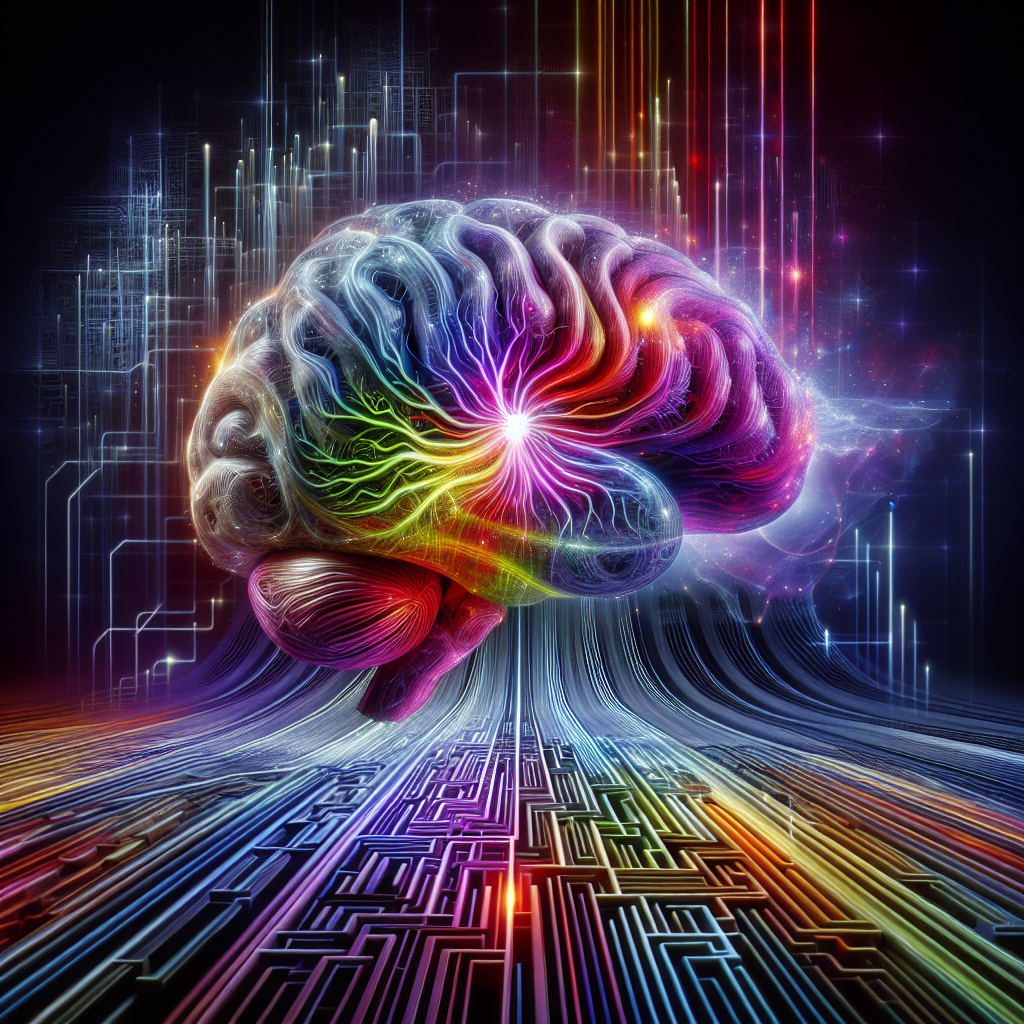Imagine a world where you could simply describe the software you need, and it materializes before your eyes. Sound like science fiction? Well, thanks to the marriage of Large Language Models (LLMs) and the Generator Pattern, this futuristic scenario is becoming a reality. Let’s dive into how this powerful combination is reshaping the landscape of software development.
The Dawn of a New Era in Software Design
The Generator Pattern has long been a staple in software development, allowing developers to create objects or data structures step-by-step. But now, with the advent of LLMs like GPT-3 and its successors, we’re witnessing a seismic shift in how this pattern is implemented and utilized.
Gone are the days when developers had to rely solely on predefined rules and algorithms. Today, LLMs are ushering in a new age where natural language processing and vast knowledge bases are at the forefront of code generation. This transformation is not just a minor upgrade; it’s a complete reimagining of how we approach software design.
LLMs: The Game-Changers in Code Generation
So, how exactly are LLMs changing the game? Let’s break it down:
- Natural Language Inputs: Imagine telling your computer, “I need a program that manages a library’s inventory,” and watching as it starts to generate the code. That’s the power of LLMs in action.
- Contextual Understanding: LLMs don’t just understand words; they grasp context. They can interpret complex requirements and nuances, much like an experienced human developer would.
- Code Generation on Steroids: We’re not talking about simple snippets here. LLMs can produce entire modules or even complete programs based on your description.
- Iterative Refinement: The conversation doesn’t end with the first draft. You can engage in a back-and-forth with the LLM, refining and improving the generated code until it meets your exact specifications.
Real-World Applications: Beyond the Hype
Let’s move beyond theory and look at how this is playing out in the real world. Take Marblism (https://www.marblism.com/), for example. This innovative platform is leveraging LLMs to revolutionize software design and development processes.
Marblism isn’t just another code generator. It’s a sophisticated tool that allows developers to interact with AI using natural language, produce intelligent code based on high-level descriptions, and adapt to various programming languages and paradigms. It’s like having a brilliant coding partner who never sleeps and has instant access to a vast library of programming knowledge.
But Marblism is just the tip of the iceberg. Across industries, we’re seeing LLM-powered Generator Patterns being used to:
- Rapidly prototype complex systems in fintech
- Generate data models for machine learning projects in healthcare
- Create custom e-commerce platforms with minimal human intervention
The Double-Edged Sword: Implications and Challenges
While the benefits are clear, it’s crucial to acknowledge the challenges that come with this technological leap:
- The Skill Dilemma: There’s a real concern about over-reliance on AI leading to a decline in fundamental coding skills. How do we balance AI assistance with skill development?
- The Black Box Problem: When AI generates code, do developers truly understand what’s been created? This lack of transparency could lead to maintenance nightmares down the road.
- Ethical Quandaries: Who owns AI-generated code? How do we handle intellectual property rights in this new landscape?
- Bias in the Machine: AI models can inadvertently perpetuate biases present in their training data, potentially leading to unfair or discriminatory code.
- Security Concerns: AI-generated code might introduce vulnerabilities that are not immediately apparent, requiring stringent security audits.
Navigating the Future: Best Practices and Integration
As we sail into these uncharted waters, here are some best practices to consider:
- Use LLMs as a Collaborative Tool: Think of LLMs as powerful assistants, not replacements for human developers.
- Implement Rigorous Review Processes: Always have human experts review and test AI-generated code.
- Continuous Learning: Stay updated on LLM advancements and continuously refine your prompts and interactions.
- Ethical Considerations: Develop clear guidelines for the use of AI in your development process, addressing issues of ownership and responsibility.
- Integration with Existing Workflows: Look for ways to seamlessly integrate LLM-powered tools into your current development pipelines. This might involve custom APIs or plugins for popular IDEs.
The Road Ahead
As LLMs continue to evolve, we can expect even more sophisticated code generation capabilities. We’re likely to see increased specialization, with LLMs trained on specific domains or programming paradigms. The integration with existing development workflows will become smoother, potentially revolutionizing how we think about software development education and practice.
While challenges remain, the potential of LLM-powered Generator Patterns to boost productivity, foster innovation, and democratize software development is undeniable. As we stand on the brink of this new era, one thing is clear: the future of software design is here, and it speaks our language.


